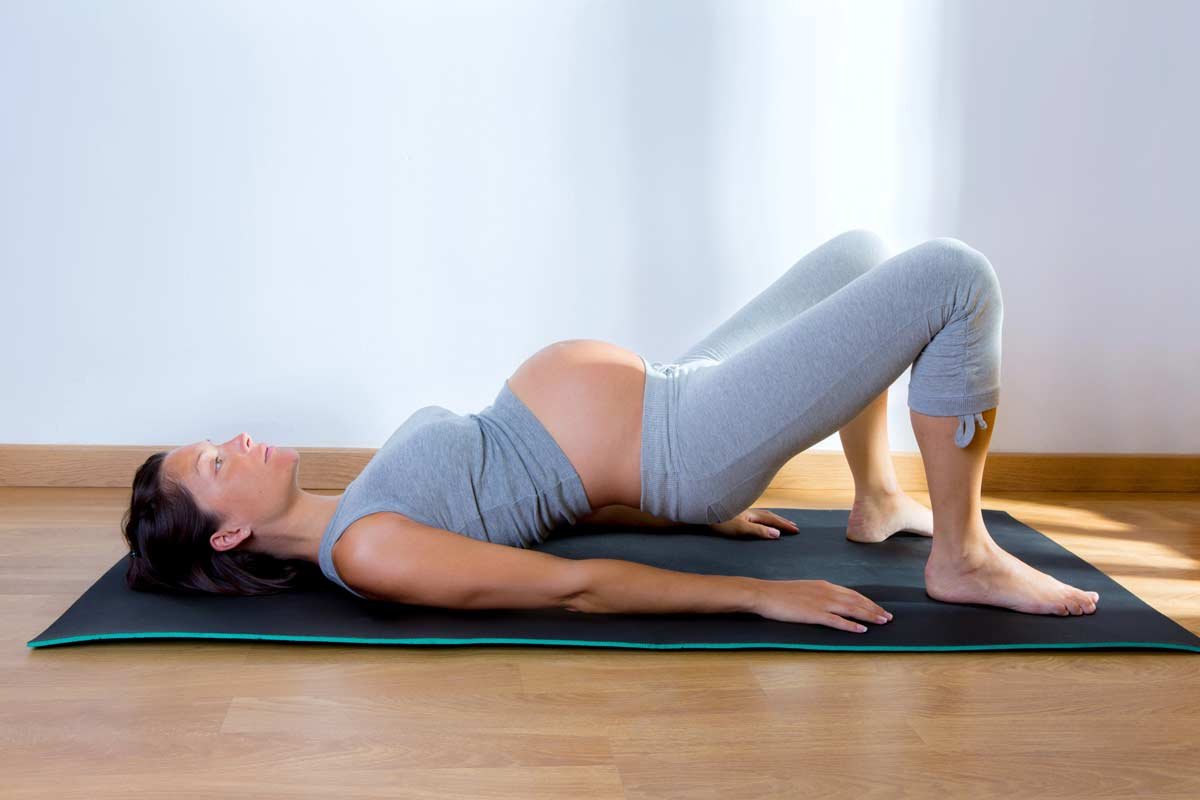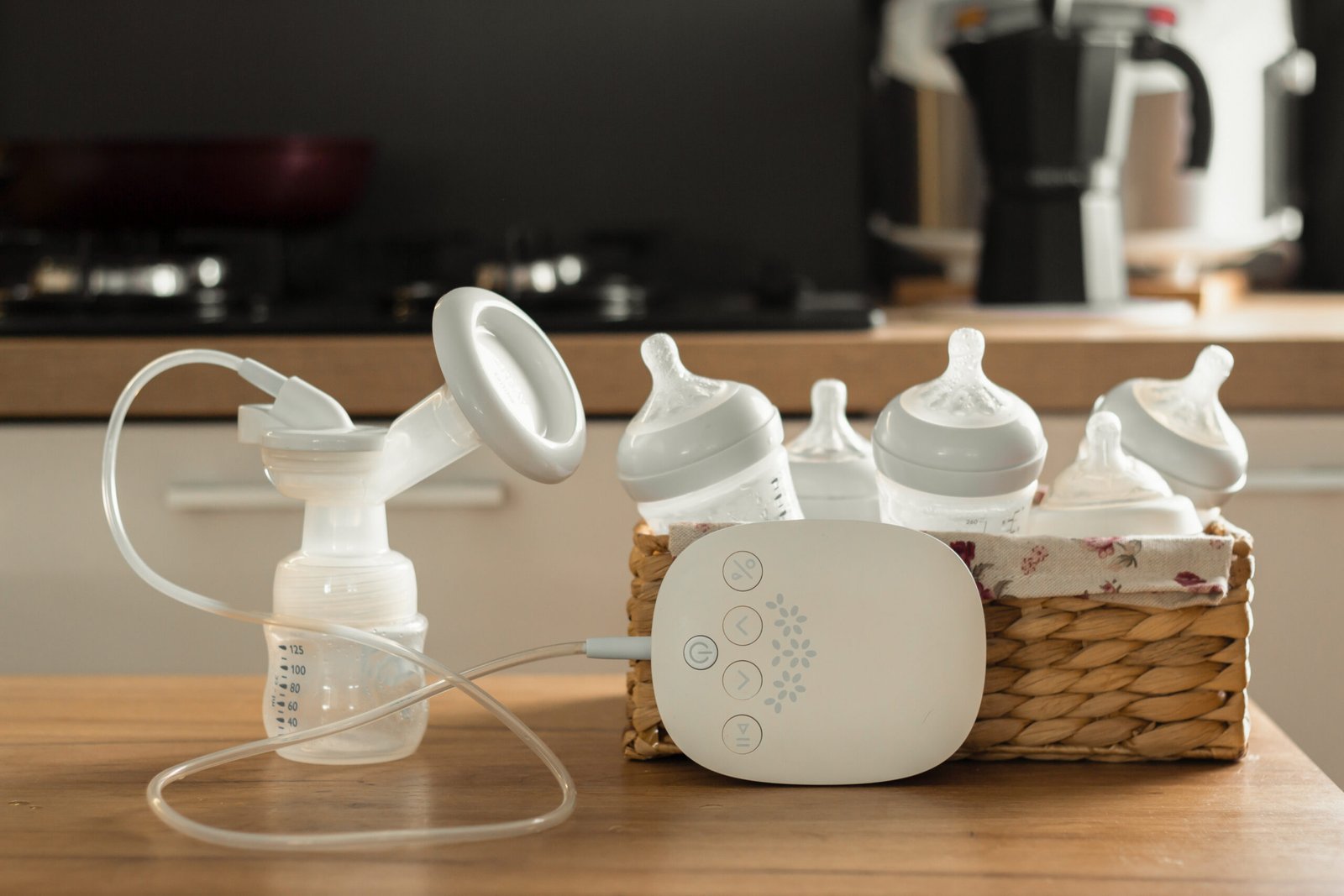What is Prehabilitation?
Prehabilitation, often shortened to “prehab,” refers to physical and mental preparation before a significant physical event – in this case, childbirth. Unlike rehabilitation (which focuses on recovery after an event), prehabilitation aims to optimize physical function, mental readiness, and overall wellness before the event to improve outcomes and speed recovery afterward.

Benefits of Prenatal Prehabilitation
According to recent research and clinical practice, prenatal prehabilitation offers numerous benefits:
1. Faster postpartum recovery
2. Reduced risk of complications during labor and delivery
3. Improved physical strength and endurance for labor
4. Better management of pregnancy discomforts
5. Reduced anxiety about childbirth
6. Improved postpartum mental health outcomes
7. Earlier return to pre-pregnancy activities
8. Reduced risk of pelvic floor disorders
Key Components of Prenatal Prehabilitation
1. Physical Preparation
Core and Pelvic Floor Strengthening
– Kegel exercises: Contracting and relaxing the pelvic floor muscles
– Transverse abdominal exercises: Gentle core strengthening that doesn’t strain the abdominal wall
– Pelvic tilts: Exercises that strengthen the lower back and pelvic muscles
– Squats: When performed correctly, help prepare the pelvic floor for delivery
Functional Movement Training
– Proper body mechanics: Learning to bend, lift, and move safely during pregnancy
– Balance exercises: Preparing for the changing center of gravity
– Posture training: Maintaining proper alignment as the body changes
Endurance Building
– Low-impact cardiovascular exercise: Walking, swimming, stationary cycling
– Breathing techniques: Preparing for labor breathing patterns
– Interval training: Modified for pregnancy to build stamina for labor
2. Pain Management Preparation
Manual Therapy Techniques
– Prenatal massage: Reducing muscle tension and improving circulation
– Myofascial release: Addressing fascial restrictions that may cause pain
– Joint mobilization: Maintaining proper movement in the sacroiliac joints and pelvis
Self-Care Strategies
– Heat and cold therapy: Learning when and how to apply for comfort
– Self-massage techniques: For partners and self-application
– Proper use of support devices: Belly bands, pregnancy pillows, etc.
3. Mental and Emotional Preparation
Stress Reduction Techniques
– Mindfulness practices: Meditation and present-moment awareness
– Progressive muscle relaxation: Systematically tensing and relaxing muscle groups
– Guided imagery: Visualizing positive birth experiences
Birth Preparation
– Labor position practice: Learning and practicing various positions for labor
– Pain coping strategies: Techniques to manage labor pain
– Partner involvement training: Teaching support persons effective assistance methods
Prehabilitation Timeline During Pregnancy
First Trimester
– Initial assessment of physical condition and limitations
– Education on proper body mechanics and posture
– Introduction to gentle pelvic floor exercises
– Stress management techniques
Second Trimester
– Progressive strengthening of core and pelvic floor
– Increased focus on functional movement patterns
– Introduction of labor positions and breathing techniques
– Partner training for labor support
Third Trimester
– Specific preparation for labor and delivery
– Practice of labor positions and breathing techniques
– Increased focus on mental preparation
– Preparation for immediate postpartum period
Professional Support for Prenatal Prehabilitation
Prenatal Physical Therapy
– Specialized physical therapists can provide personalized prehabilitation programs
– Typically includes assessment, treatment, and home exercise prescription
– May include manual therapy techniques for pain management
– Often covered by insurance with a physician referral
Prenatal Fitness Programs
– Group or individual exercise programs designed specifically for pregnant women
– Led by certified prenatal fitness instructors
– Focus on safe, effective exercise during pregnancy
– Community aspect provides additional emotional support
Childbirth Education with Prehabilitation Focus
– Comprehensive classes that combine childbirth education with physical preparation
– Often include partners in the training process
– Provide both mental and physical preparation strategies
Evidence-Based Prehabilitation Techniques
1. Perineal Massage
– Beginning at 34-35 weeks of pregnancy
– Reduces the risk of perineal trauma during vaginal delivery
– Decreases the need for episiotomy
– Improves tissue elasticity for easier recovery
2. Labor Position Training
– Practicing positions that optimize fetal positioning
– Learning positions that utilize gravity during labor
– Reducing strain on the back and pelvis during contractions
– Improving comfort and potentially shortening labor
3. Diaphragmatic Breathing
– Coordinating breathing with pelvic floor relaxation
– Preparing for effective pushing during the second stage of labor
– Reducing anxiety through controlled breathing patterns
– Improving oxygen delivery to mother and baby
4. Functional Strength Training
– Preparing the body for the physical demands of labor
– Improving stamina for potentially long labor
– Strengthening muscles needed for recovery
– Maintaining overall fitness for faster postpartum return to activities
Postpartum Recovery Enhancement Through Prehabilitation
Proper prehabilitation significantly impacts postpartum recovery in several ways:
1. Faster healing: Women who engage in prenatal prehabilitation often experience faster tissue healing and reduced pain after delivery.
2. Earlier return to function: Strengthened muscles recover their function more quickly after the stress of pregnancy and delivery.
3. Reduced risk of complications: Prehabilitation can reduce the risk of common postpartum issues like incontinence, pelvic organ prolapse, and persistent back pain.
4. Improved mental health outcomes: The mental preparation component of prehabilitation is associated with lower rates of postpartum depression and anxiety.
5. Better adaptation to new physical demands: The physical conditioning helps new mothers handle the physical challenges of caring for a newborn.
Creating a Personal Prehabilitation Plan
A comprehensive prenatal prehabilitation plan should be:
1. Personalized: Based on individual physical condition, pregnancy status, and specific needs
2. Progressive: Gradually increasing in intensity as the body adapts
3. Consistent: Regular practice for optimal results
4. Supervised: At least initially by qualified professionals
5. Integrated: Combining physical, mental, and educational components
6. Approved by your professional health care provider, e.g. OB, midwife, before you start any exercise program
Sources
– Beyond Therapy and Wellness, “How Prenatal Physical Therapy Can Ease the Difficulties of Pregnancy,” 2024
– University of Alberta, “Study confirms safety of high-intensity resistance training during pregnancy,” March 2025
– BMJ, “Relative efficacy of prehabilitation interventions and their components,” January 2025
– News Medical, “Prehabilitation may improve surgical recovery and reduce complications,” January 2025
– American College of Obstetricians and Gynecologists (ACOG), “Physical Activity and Exercise During Pregnancy and the Postpartum Period,” 2023



